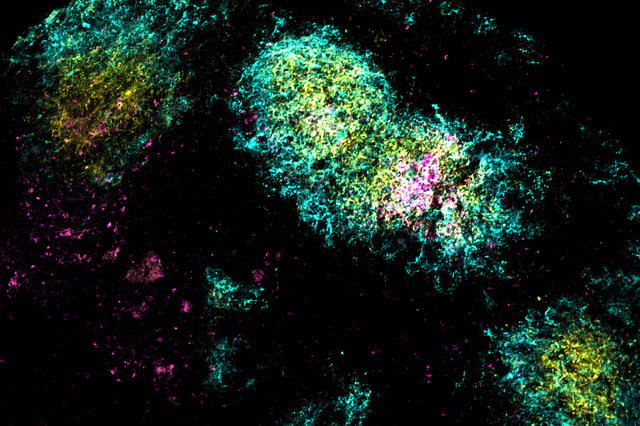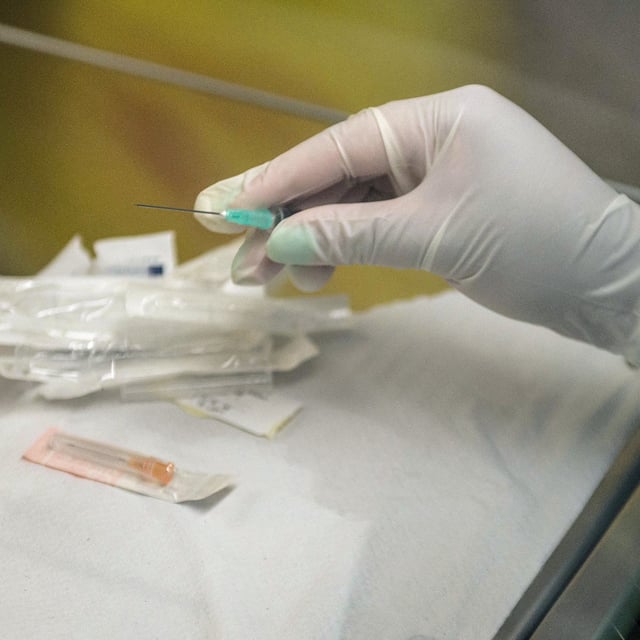Overview
- MIT and Scripps teams anchored multiple copies of the HIV MD39 protein onto alum particles and combined them with a saponin nanoparticle to formulate the dual-adjuvant vaccine.
- The formulation accumulated in lymph nodes and maintained antigen presence for up to 28 days to mimic natural infection dynamics.
- Vaccinated mice exhibited a two-to-threefold increase in unique B cell clones, expanding the antibody repertoire against HIV.
- The SMNP component is already being evaluated in human HIV vaccine trials, offering critical safety and immunogenicity data for the combined approach.
- This platform is compatible with a range of protein-based immunogens, potentially enabling single-dose vaccines for diseases like influenza and SARS-CoV-2.


